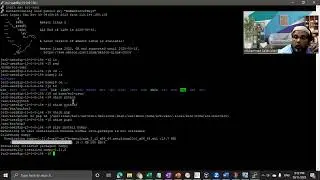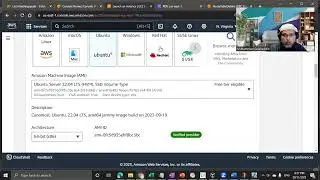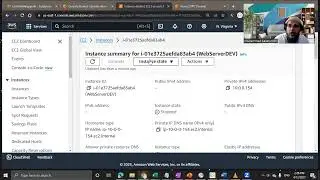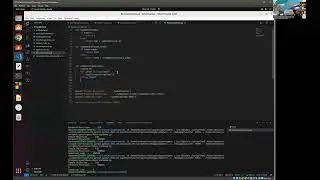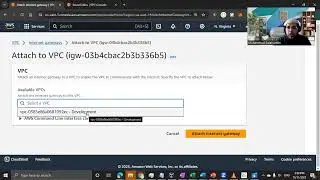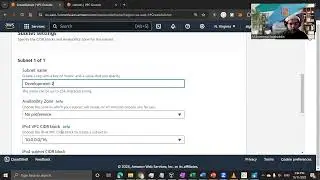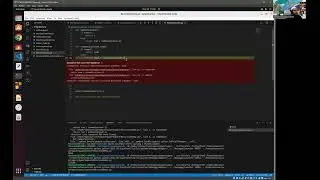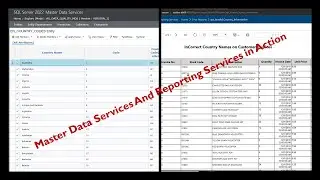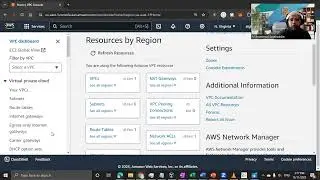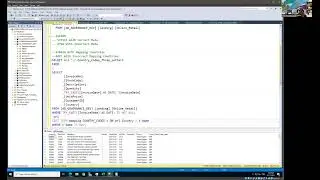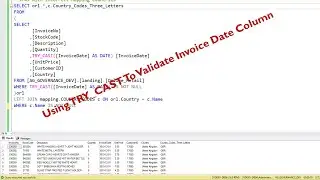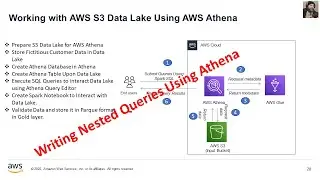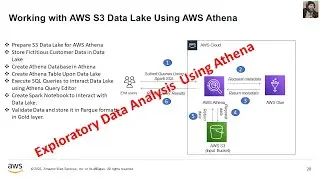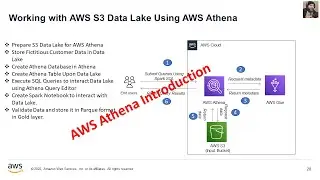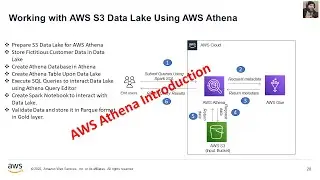Navigating the AWS Cloud Network: Understanding and Configuring Subnets for a Digital Enterprises
In the world of cloud computing, where data travels seamlessly across the internet, AWS Subnets serve as the virtual neighborhoods where your applications and resources reside. Think of them as designated spaces within the vast AWS landscape, allowing you to organize and manage your digital assets more effectively.
Imagine you have a plot of land—your AWS environment. This land is divided into smaller sections, each representing a subnet. These subnets act as partitions, providing a structured way to group related resources. In simple terms, they help keep things organized, much like how different areas in a city serve distinct purposes.
Now, what makes subnets interesting is their ability to enhance security and optimize performance. You can set boundaries within your AWS land, ensuring that certain resources communicate with each other while remaining isolated from others. It's like having neighborhoods with different security levels, where some are public and others are private, offering a tailored experience for your applications.
Additionally, subnets play a crucial role in network efficiency. By strategically placing resources in different subnets, you can reduce congestion and optimize data flow. It's akin to planning roads in a city to avoid traffic jams—efficient, organized, and conducive to smooth operations.








